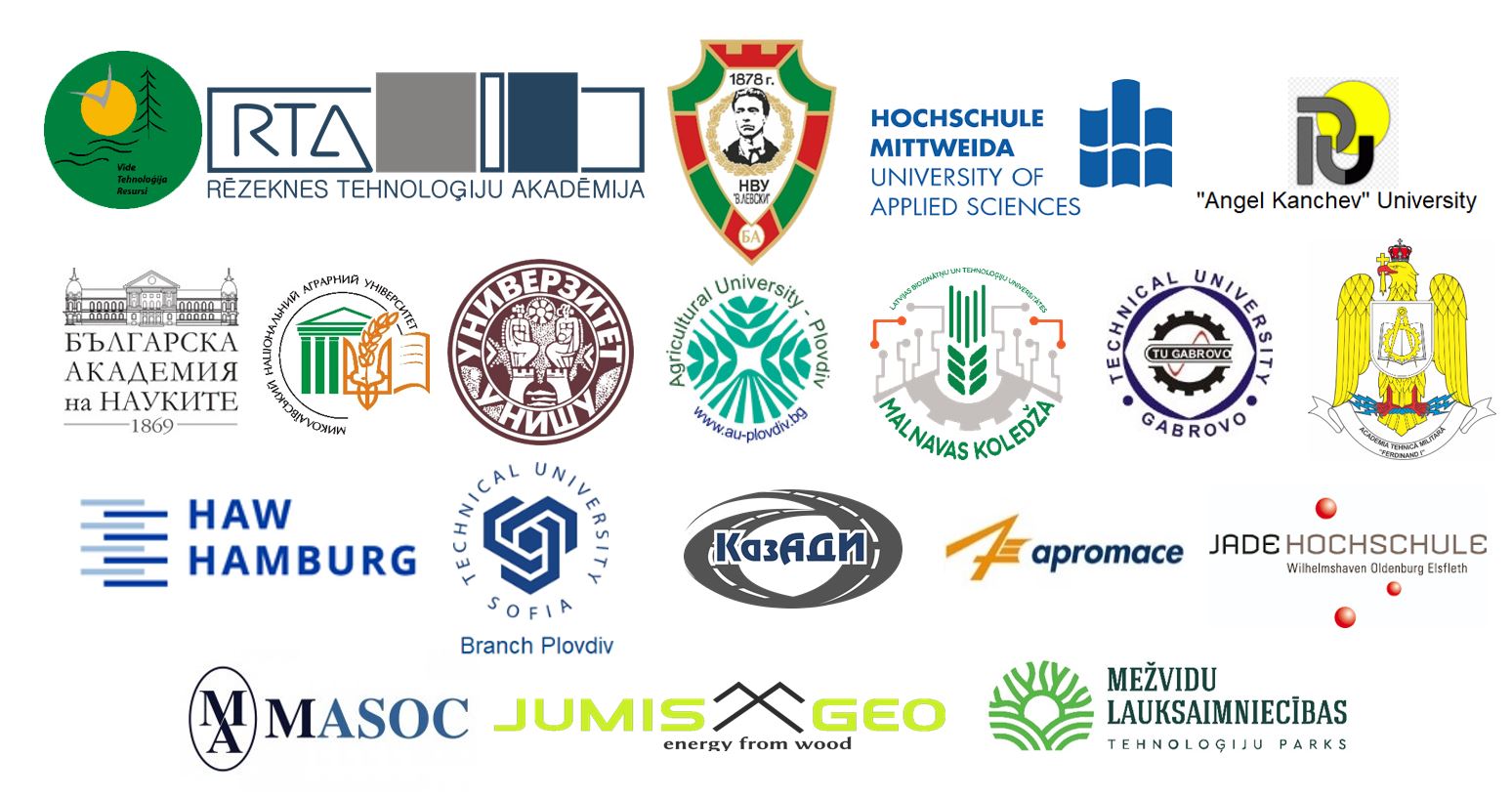RETURN MIGRATION TRENDS IN LATVIA: RE-ATTRACTING THE MAIN HUMAN RESOURCE FOR SUSTAINABLE REGIONAL DEVELOPMENT
Last modified: 27.05.2019
Abstract
This study is devoted to the research of human resources as a main source of sustainable regional development in Latvia. It is focused on two key concepts of human capital and migration. The aim of the study is to explore return migration geographies by looking at young return migrants as a resource and preconditions for sustainable regional development essential to Latvia.
Return migration to the regions of Latvia is examined by two main research questions. What are the most recent return migrant characteristics in Latvia? How does return migration of young Latvians translates into regional geographies of return migration?
Drawing on most recent available statistical data we elaborate on the return migration trends in Latvia, look at particular geographies of return migrants to the regions of Latvia. Findings show that return migrants are working age accompanied with their offspring’s, majority not married and return from another European country to the capital and other largest cities and surrounding municipalities. Even more, only ethnicity and country of previous residence serve as return migration predictor.
Keywords
References
[1] Krišjāne Z., Eglīte P., Bauls A, Lulle A., Bērziņš M., Brants M., Cunska Z., Gņedovska I., Ivbulis, B., Krūzmētra Z., Kūle L., Markausa I. M., Niklass M., Pavlina I., Titova N., Vanaga S., Vilciņš A., Zariņa I.B. (2007). Darbaspēka ģeogrāfiskā mobilitāte, Rīga, Latvijas Universitāte, http://www.lm.gov.lv/upload/darba_tirgus/darba_tirgus/petijumi/ geografiska_mobilitate.pdf
[2] McCollum D., Apsite-Berina E., Berzins M., Krisjane Z. (2016). “Overcoming the crisis: the changing profile and trajectories of Latvian migrants”, Journal of Ethnic and Migration Studies, 43, 9, pp. 1508-1525.
[3] Hazans M. (2011). “Latvijas emigrācijas mainīgā seja: 2000-2010”, in Zepa B., Kļave E. (red.), Latvija. Pārskats par tautas attīstību 2010/2011. Nacionālā identitāte, mobilitāte un rīcībspēja, Rīga, LU Akadēmiskais apgāds, pp. 70-91.
[4] Hazans M. (2016). Atgriešanās Latvijā: remigrantu aptaujas rezultāti, LU Diasporas un migrācijas pētījumu centrs, Riga, https://www.diaspora.lu.lv/fileadmin/user_upload/lu_portal/projekti/ diaspora/petijumi/Atgriesanas_Latvija_-_petijuma_zinojums_FINAL03.pdf
[5] Apsite-Berina E., Krisjane Z., Sechi G. and Berzins M. (2018). Regional patterns of belonging among young Latvian returnees. Proceedings of the 2018 International Conference ‘Economic science for rural development’ No 48. DOI 10.22616/ESRD.2018.071
[6] Krisjane Z., Apsite-Berina E., Sechi G. and Berzins, M. (2018). ‘Juxtaposed intra-EU youth mobility: motivations among returnees to Latvia’, Belgeo. http://journals.openedition.org/belgeo/21167
[7] Engbersen, G., A. Leerkes, I. Grabowska-Lusinska, E. Snel, and J. Burgers. (2013). On the Differential Attachments of Migrants from Central and Eastern Europe: A Typology of Labour Migration. Journal of Ethnic and Migration Studies 39 (6): 959–981. doi: 10.1080/1369183X.2013.765663
[8] Farrell, M., Mahon, M, McDonagh, J. (2012). The Rural as a Return Migration Destination. European Countryside. 4 (1)•31-44. DOI: 10.2478/v10091-012-0012-9
[9] King R., and Williams, A.M. (2017). Editorial introduction: New European Youth Mobilities. Popul Space Place. e2121. https://doi.org/10.1002/psp. 2121
[10] Williams A.M, Balaz V (2005). What Human Capital, Which Migrants? Returned Skill Migrants to Slovakia From the UK. International Migration Review 39(2):439–468.
[11] Klagge B., Klein-Hitpaß K. (2010). High-Skilled Return Migration and Knowledge-Based Development in Poland. European Planning Studies 18(10): 1631–1651.
[12] Sandu D., Toth G., Tudor E. (2017). “The nexus of motivation-experience in the migration process of young Romanians”, Population, Space and Place, e2114, https://doi.org/10.1002/psp.2114.
[13] Farrell M., Kairytė E., Nienaber B., McDonagh J., Mahon M.. (2014). Rural Return Migration: Comparative Analysis between Ireland and Lithuania. Central and Eastern European Migration Review 3(2): 127-149.
[14] Zaiceva, A. and Zimmermann, K. F., (2012). Returning Home at Times of Trouble? Return Migration of EU Enlargement Migrants During the Crisis. IZA Discussion Papers7111, Institute for the Study of Labor (IZA).
[15] Lados, G., Hegedus, G. (2016) Returning home: An evaluation of Hungarian return migration. Hungarian Geographical Bulletin 65(4), 321–330.
[16] Filimonau, V. and Mika, M. (2019). Return labour migration: an exploratory study of Polish migrant workers from the UK hospitality industry, Current Issues in Tourism, 22:3, 357-378, DOI: 10.1080/13683500.2017.1280778
[17] CSB (2016). Migration in Latvia. Unpublished data of Central Statistical Bureau of Latvia.
[18] Bosworth, G. and Venhorst V. (2018). Economic linkages between urban and rural regions– what’s in it for the rural?, Regional Studies, 52:8, 1075-1085, DOI:10.1080/00343404.2017.1339868
[19] NVA (State Employment Agency of Latvia) (2016). Report on Situation of Unemployment in Latvia: December of 2016. Riga.
[20] CSB (2019). Population by ethnicity in 21 development centres at the beginning of the year [online]. Central Statistical Bureau of Latvia. [Accessed March 03 2019.] Available at: http://data1.csb.gov.lv/pxweb/en/iedz/iedz__iedzrakst/IRG080.px/table/tableViewLayout1/?rxid=d8284c56-0641-451c-8b70-b6297b58f464


